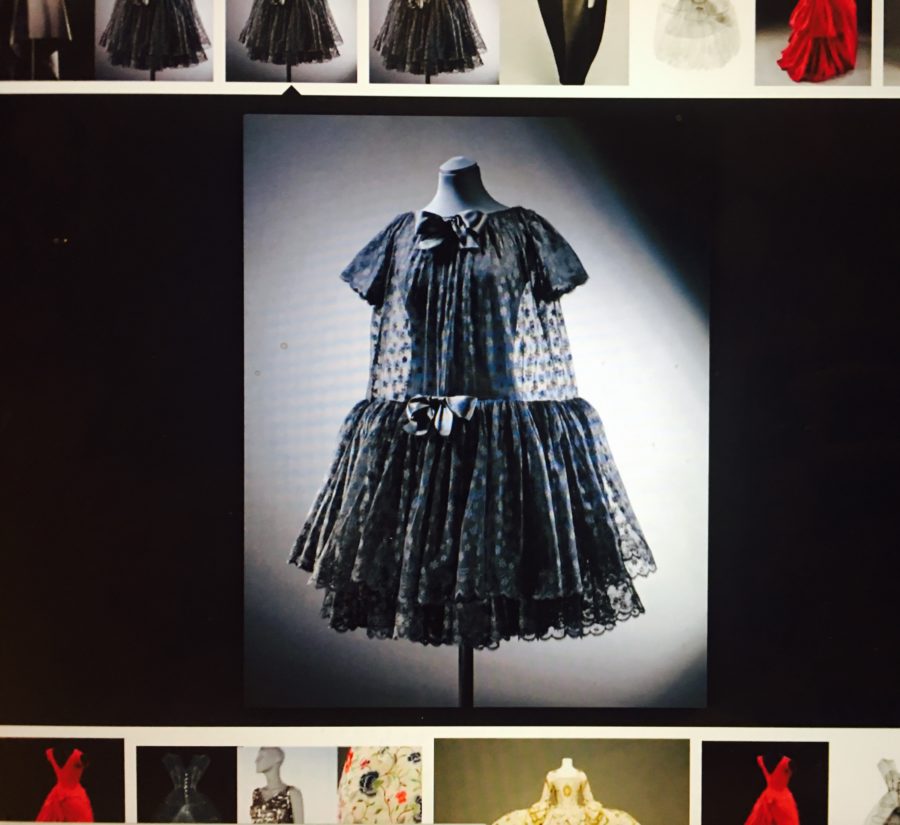A Personal Collection of Vivienne Westwood Shoes juxtaposes Westwood’s outlandish designs with York Castle Museum’s diverse shoe collection, ranging from the 18th century to the present day. An intriguing aspect is that the Westwood shoes come from a private collector, amassed over 30 years, while Westwood selected shoes from the museum’s collection. The exhibition focuses on the craftsmanship involved in making a shoe, as well as allowing the viewer to revel in the style and beauty of footwear.

The layout of the main room is particularly eye-catching, with a catwalk display of Westwood’s designs interspersed with the museum’s collection. This means that the viewer can see the wide range of influences in Westwood’s work, as she combines historical knowledge of the shoe with a love of exaggeration. This is exemplified by the Super Elevated Gillie Heel, from the Anglomania collection, 1993, which appears to take a inspiration from ribbon-lace style shoes from the 18th and 19th centuries. Westwood renders her innovation with vibrant colours and the heel extended to lofty (and dangerous) heights. The model, Naomi Campbell, famously wore a version of these platform shoes as she took a tumble on the runway due to the 30.5 cm heels.

Some favourites from the Castle Museum’s collection, which illustrate the range of style and dates on show, are a pair of ivory white satin shoes with a Louis heel from around 1730, and a pair of men’s Derby boots with a stacked leather heel, from the early 20th century. These shoes are both beautiful and elegant, illustrating the high level of craftsmanship, equally as striking as they are unique. They also demonstrate the evolution of footwear fashion for both genders throughout history.


The influence of fashion on the development of footwear is further explored through the final room in the exhibition, with historical information about how shoes were made, and a display showing how shoes changed through different decades. By educating the viewer on the history of the shoe, the exhibition shows how Vivienne Westwood bases her designs on tradition and then subverts them through material or features to create something new. I also felt that this exhibition communicates how the function of the shoe was originally pure practicality, and how it has developed through time into an extension of our identity.
For me, shoes are the language of personality. Every shoe represents a different mood, translated through the height, material and colour. Different to clothes, which have to change as we fluctuate shape, shoes are a longer-term investment, and fit no matter what. This exhibition interprets the shoe as more than merely an accessory; instead the viewer is presented with the shoe as the main focus. As an avid lover of shoes, and faced with the continual struggles of storage and display, it is gratifying to see an exhibition where the shoe is given pride of place.

A Personal Collection of Vivienne Westwood Shoes is at the York Castle Museum until 28 April 2019.
Ellen Bhamra
Images 1-4 courtesy of York Castle Museum.





















